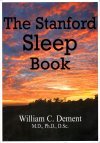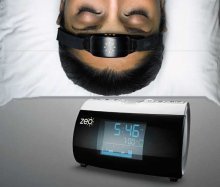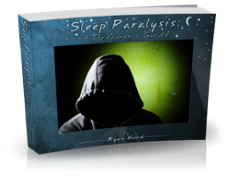
| Connect & Subscribe |
Sleep Apnea Brochure
What you need to know - NOW!
An Outreach Project by Blaise Johnson | Return To Outreach Projects 2010
The following is a brochure created for Stanford Sleep and Dreams. If it is difficult to read using the images, you may view the full text here.
Also feel free to download this brochure for distributional or general information purposes. Please refer to our privacy policy for our relevant disclaimers.
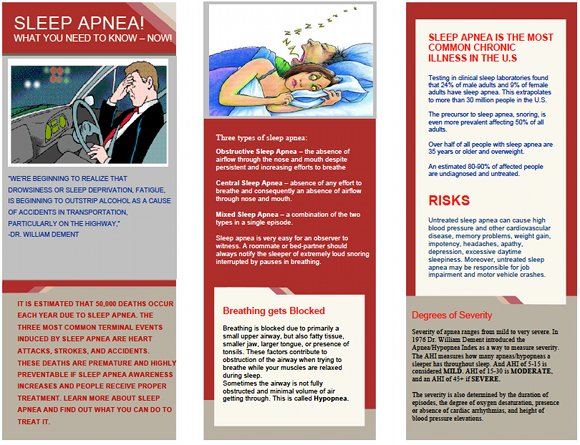
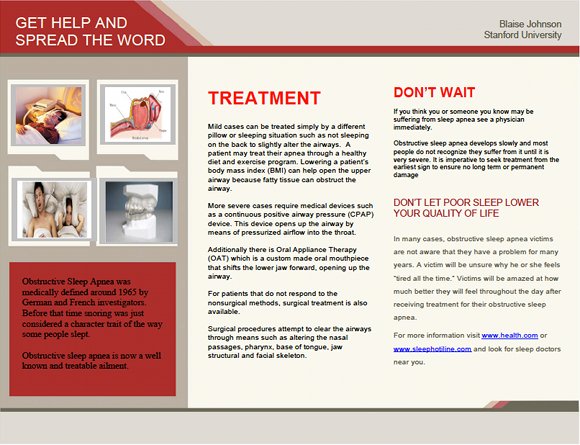
"We're beginning to realize that drowsiness or sleep deprivation, fatigue, is beginning to outstrip alcohol as a cause of accidents in transportation, particularly on the highway."
- -Dr. William dement
it is estimated that 50,000 deaths occur each year due to sleep apnea. the three most common terminal events induced by sleep apnea are heart attacks, strokes, and accidents. these deaths are premature and highly preventable if sleep apnea awareness increases and people receive proper treatment. learn more about sleep apnea and find out what you can do to treat it.
Obstructive Sleep Apnea was medically defined around 1965 by German and French investigators. Before that time snoring was just considered a character trait of the way some people slept.
Obstructive sleep apnea is now a well known and treatable ailment.
Three types of sleep apnea:
Obstructive Sleep Apnea the absence of airflow through the nose and mouth despite persistent and increasing efforts to breathe
Central Sleep Apnea absence of any effort to breathe and consequently an absence of airflow through nose and mouth.
Mixed Sleep Apnea a combination of the two types in a single episode.
Sleep apnea is very easy for an observer to witness. A roommate or bed-partner should always notify the sleeper of extremely loud snoring interrupted by pauses in breathing.
Breathing gets blocked
Breathing is blocked due to primarily a small upper airway, but also fatty tissue, smaller jaw, larger tongue, or presence of tonsils. These factors contribute to obstruction of the airway when trying to breathe while your muscles are relaxed during sleep. Sometimes the airway is not fully obstructed and minimal volume of air getting through. This is called Hypopnea.
Sleep apnea is the most common chronic illness in the US
Testing in clinical sleep laboratories found that 24% of male adults and 9% of female adults have sleep apnea. This extrapolates to more than 30 million people in the U.S.
The precursor to sleep apnea, snoring, is even more prevalent affecting 50% of all adults.
Over half of all people with sleep apnea are 35 years or older and overweight.
An estimated 80-90% of affected people are undiagnosed and untreated.
Risks
Untreated sleep apnea can cause high blood pressure and other cardiovascular disease, memory problems, weight gain, impotency, headaches, apathy, depression, excessive daytime sleepiness. Moreover, untreated sleep apnea may be responsible for job impairment and motor vehicle crashes.
Degrees of Severity
Severity of apnea ranges from mild to very severe. In 1976 Dr. William Dement introduced the Apnea/Hypopnea Index as a way to measure severity. The AHI measures how many apneas/hypopneas a sleeper has throughout sleep. And AHI of 5-15 is considered MILD. AHI of 15-30 is MODERATE, and an AHI of 45+ if SEVERE.
The severity is also determined by the duration of episodes, the degree of oxygen desaturation, presence or absence of cardiac arrhythmias, and height of blood pressure elevations.
Treatment
Mild cases can be treated simply by a different pillow or sleeping situation such as not sleeping on the back to slightly alter the airways. A patient may treat their apnea through a healthy diet and exercise program. Lowering a patient's body mass index (BMI) can help open the upper airway because fatty tissue can obstruct the airway.
More severe cases require medical devices such as a continuous positive airway pressure (CPAP) device. This device opens up the airway by means of pressurized airflow into the throat.
Additionally there is Oral Appliance Therapy (OAT) which is a custom made oral mouthpiece that shifts the lower jaw forward, opening up the airway.
For patients that do not respond to the nonsurgical methods, surgical treatment is also available.
Surgical procedures attempt to clear the airways through means such as altering the nasal passages, pharynx, base of tongue, jaw structural and facial skeleton.
Don't wait
If you think you or someone you know may be suffering from sleep apnea see a physician immediately.
Obstructive sleep apnea develops slowly and most people do not recognize they suffer from it until it is very severe. It is imperative to seek treatment from the earliest sign to ensure no long term or permanent damage
Don't let poor sleep lower your quality of life
In many cases, obstructive sleep apnea victims are not aware that they have a problem for many years. A victim will be unsure why he or she feels "tired all the time." Victims will be amazed at how much better they will feel throughout the day after receiving treatment for their obstructive sleep apnea.
For more information visit www.health.com or www.sleephotiline.com and look for sleep doctors near you.
About This Site
Welcome! This site is continuously being created by students of Dr. William C. Dement's Sleep And Dreams course at Stanford University.
We made this site as a call to action for people all over the world to live healthier, happier, safer, and more productive lives by learning about their own sleep. We have faith that reading the information provided on this site will motivate you to be smart about your sleep deprivation and strategic about your alertness in order to live life to your fullest, most energetic potential.
In fact, we challenge you to do so! What do you say, are you up for the challenge?
Interviews With Sleep Specialists: Insights Into the Worlds of Sleep Medicine & Sleep Business
America's Most Dangerous Disorder: What Is Sleep Apnea Doing To Your Sleep?
Sleep Debt: How Much More Will You Achieve When You Reduce Yours?
The Stages Of Sleep: The Journey Through The Night
Delayed Sleep Phase: You Want To Sleep But You're Not Tired Yet
Paralyzed at Night: Is Sleep Paralysis Normal?
Sleep In Words: Smart, Strange, and Funny Quotes About Sleep
Sleep Disorders In Children: What's Keeping Your Child From A Full Night's Rest?
Attacks of Pavor Nocturnus (a.k.a. Sleep Terrors, Night Terrors, or Incubus Attacks)
The Stanford Sleep Book
Dr. Dement's pioneering textbook has been the core text for Sleep and Dreams since 1980, but it has just recently been made available to the wider public for the first time.
In it you'll find a more detailed account of the most important things you need to know about sleep, alertness, dreams, and sleep disorders. Studies, statistics, plus plenty of Dr. Dement's classic anecdotes painting the history of sleep medicine.
Preface | Intro | Contents | Get A Copy
More Sleep Resources
The Zeo
A revolution in personal sleep tracking, the Zeo is a wireless headband that transmits your brainwaves in realtime to a dock (pictured here) or your smartphone. The result? You can wake up and see exactly what stages of sleep you were in during the night! Unprecedented personalized sleep knowledge.
Sleep Paralysis: A Dreamer's Guide
Ever woken up paralyzed? A surprising number of us have, believe it or not. But few know the actual causes of this phenomenon, and fewer still how to exert control over it. Dream researcher and sleep paralysis expert Ryan Hurd shares breakthrough insights into how to do just that.
Important Disclaimer
Please Note:
The information found on this page and throughout this site is intended for general information purposes only. While it may prove useful and empowering, it is NOT intended as a substitute for the expertise and judgments of healthcare practitioners.
For more info, see our
Terms of Use.







